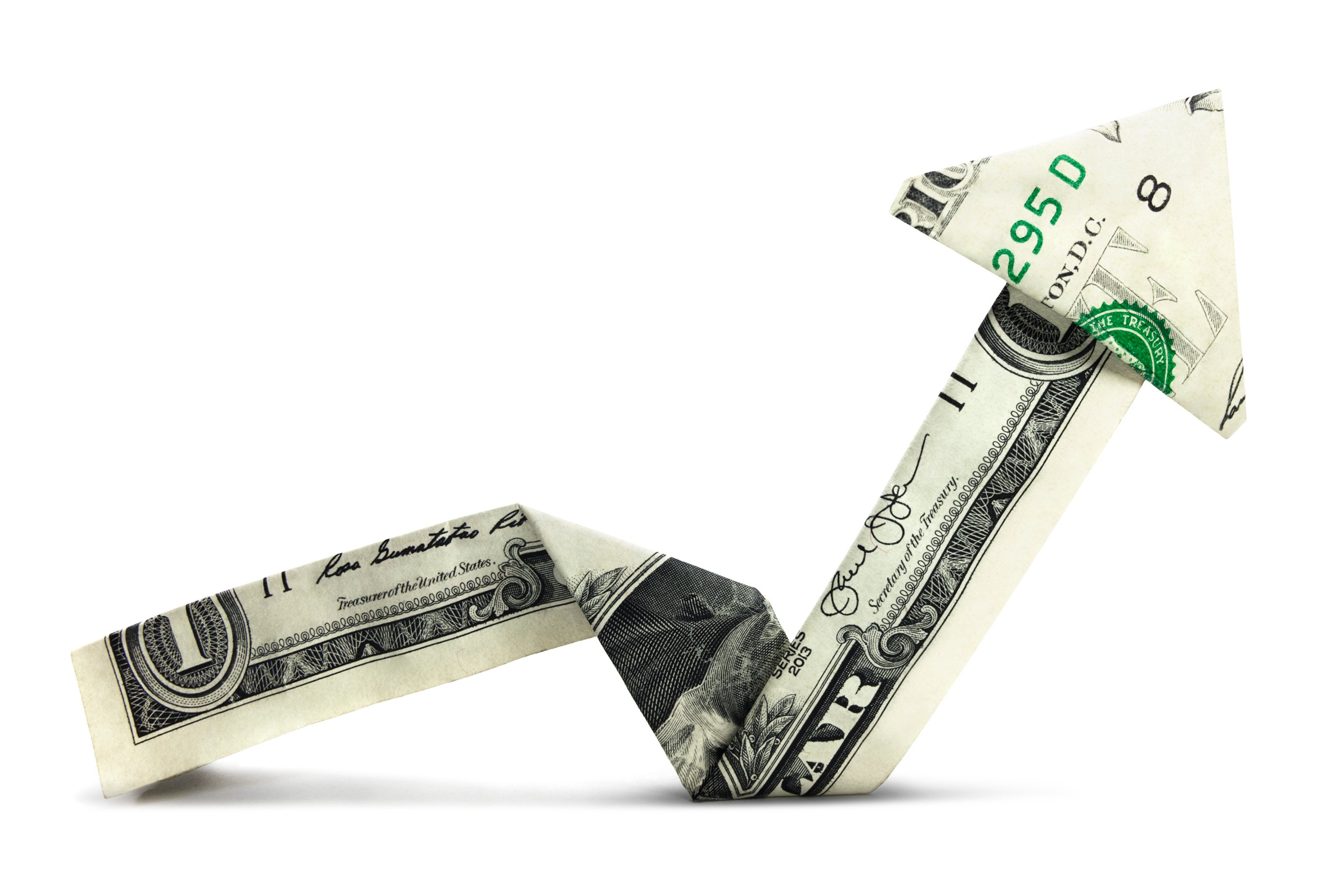
Spotify is beating Pandora where it hurts the most: subscribers. Source: Spotify.
Spotify may have lost Taylor Swift, but it's gained 2.5 million subscribers in the last six months. Over the next 12 months, Spotify's current subscribers will generate $1.5 billion on top of the ad revenue the rest of Spotify's 50 million users generate for the company.
In his defense against Taylor Swift's choice to remove her music from the service, CEO Daniel Ek noted the company now has 12.5 million paying subscribers. By comparison, Pandora (P +0.00%) has just 3.5 million Pandora One subscribers paying $5 per month. That's less than 5% of its total listeners.
So, why is there such a disparity between Pandora's ability to convert listeners into subscribers and Spotify's. And what does it mean for Pandora investors?
Is the value really there though?
Pandora's biggest advantage is that it's a first mover. The company got in streaming music early and quickly built up a strong user base. Additionally, the allure of their music genome and the fact that longtime users have curated personalized stations create loyalty for the service.
In the last two years, however, we've seen tremendous growth in the amount of music streaming in large part because of the growing number of options. And for people new to music streaming, Pandora is just another option -- one that lacks key features like on-demand streaming.
Both Pandora and Spotify offer free services, but Spotify's is undoubtedly superior for new users. Unless the only thing a user wants is passive radio listening, Spotify is much more attractive with its playlist sharing and on-demand streaming features.
For someone debating between a $5 per month Pandora One subscription and a $10 per month Spotify Premium subscription, the choice is pretty easy. For the marginal cost of $5 per month, users can upgrade from ad-free radio, to an ad-free on-demand music buffet of everything from ABBA to ZZ Top (but no Taylor Swift or Radiohead).
What's more, Spotify announced last month that it's offering 50% discounts for premium users' family members. In other words, only the first family member costs more than a Pandora One account. Spotify is making it really hard to choose anything else.
Radio is supposed to have advertisements
Given the size of Pandora's paid-subscriber segment, the service is extremely reliant on ad revenue. But, the average Pandora user listens to just two to three minutes of advertisements per hour. Comparatively, terrestrial radio has 16 to 17 minutes of ads per hour.
Granted, it's a lot easier to change the station when a commercial comes on terrestrial radio, than to find something else to listen to while Pandora plays a couple ads. Pandora could still increase the number of ads it plays per hour.
This would accomplish two things. First, it would obviously increase Pandora's revenue per hour. Second, it would make Pandora's subscription offering much more enticing.
There's one thing standing in the way, though, and that's Pandora's ability to sell ads. While sell-through rates are improving, Pandora is spending heavily to put ad sales forces in place in local markets. In fact, Pandora is spending more as a percentage of revenue in 2014 than it did in 2013.
The company also uses agencies to help fill leftover inventory, but those come at lower prices, and Pandora has to pay a commission to the agencies as well. It would rather sell those units directly. Increasing the ad load with more national ad campaigns from big agencies could still increase Pandora's revenue per hour and even convert more users to subscribers.
The impact on investors
Although Pandora pays out a lower percentage of revenue to music publishers than Spotify, the company is still having a hard time turning a profit. Increasing its ad inventory -- even at a lower net price per ad -- should increase revenue in the form of advertising as well as new subscribers.
But the biggest thing standing in the way of Pandora is the sheer amount of competition, Spotify just being a part of it. The rise of on-demand streaming has taken Pandora from growing active listeners at a 49% clip two years ago, to just 5% in September of this year.
While revenue has grown a healthy 49% so far this year, net loss has only declined 14% in the first nine months of the year. Spending heavily on a sales force has enabled Pandora to increase average ad prices, but it would be much more valuable to attract paid subscribers -- listeners that don't require a sales force to monetize and carry a much higher operating margin.
Unfortunately, Pandora's value as a paid service just isn't very high with its low ad volume and competition from Spotify and the growing number of on-demand streaming services following its lead. As a result, operating margins are poised to remain low unless Pandora does something to monetize its users better.






